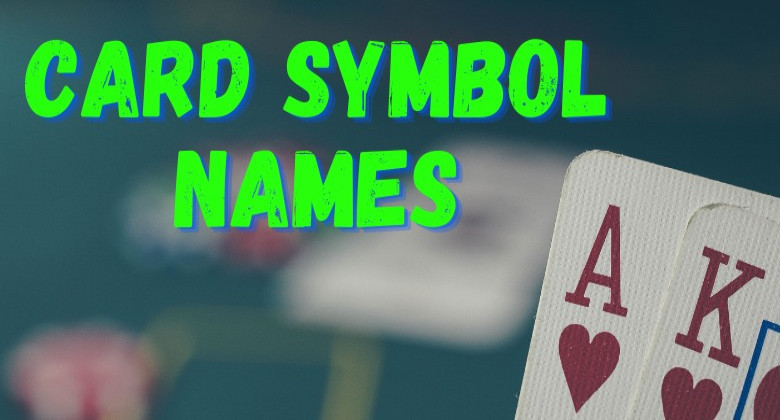
Playing Cards Symbol Names, Meanings, Suits Symbolism & Card Suits Order
Each time we shuffle a deck of playing cards, we interact with history, touching symbols that have traversed centuries. These cards, with their quartet of suits – hearts, diamonds, spades, and clubs – have a rich and fascinating symbolic language.
Playing Cards Symbolism
The playing card symbols we're familiar with today, heart, diamond, spade, and club, are steeped in symbolism, dating back to their origins in the Middle Ages. While the faces of the cards - the kings, queens, jacks, and ace symbols - have their own history, the story of the card suits is equally compelling.
The Heart Card Symbol: The Suit of Love and Emotions
The heart is the universal emblem of love, representing warmth, affection, and emotional consciousness. Originating from the 'Cups' suit in the tarot deck, the heart suit pertains to matters of love and family. When hearts card appear in a card game, it's an invitation to explore our intuitive, emotional side, reminding us that not all victories are won by power or logic. Sometimes, it's the heartfelt approach that wins the day.
Symbol: ♥️
The Diamond Card Symbol: The Power of Prosperity
Replacing the 'Coins' or 'Pentacles' from the tarot deck, the diamond symbolizes material wealth and prosperity. It signifies our physical world – an awareness of our financial standing, property, and overall material well being. The presence of diamonds in a hand might signify a stroke of financial luck or a heightened sense of the tangible aspects of life.
Symbol: ♦️
The Spade Card Symbol: The Wisdom of the Spirit
The spade, perhaps the most enigmatic of the four, is believed to be a derivative of the tarot's 'Swords' suit. The spades card symbol speaks of wisdom, intellect, and life's trials. It's often associated with action, change, force, power, oppression, ambition, courage, and conflict. Playing a spade is a strategic move, suggesting that we should be thoughtful and wise in life's challenges.
Symbol: ♠️
The Club Card Symbol: The Fertility of Nature
The club card symbol, taking the place of the 'Wands' or 'Staves' from the tarot deck, holds connotations of creativity, action, and inspiration. Club in cards symbolize nature's fertility, hinting at new beginnings, growth, and the potential for personal development. The suit embodies our drive to create, our ambitions, and our desires.
Symbol: ♣️
Also Read: 13 Best Card Games to Play Online
Card Suits Order
In a standard deck of playing cards, the suits do not have an inherent order. However, suits are typically ranked for certain purposes in card games or in determining the hierarchy of hands in games like poker. Here's the typical ranking used in card games:
Spades: Spades is usually considered the highest-ranking suit in many card games. This ranking is particularly significant in games like Bridge and Whist.
Hearts: Hearts is usually ranked as the second-highest suit in card games. Hearts is also a significant suit in trick-taking games like Hearts, where players aim to avoid winning hearts and the queen of spades.
Diamonds: Diamonds are typically ranked third in most card games. In games like Bridge, diamonds can have a higher ranking when bidding.
Clubs: Clubs are often considered the lowest-ranking suit in many card games. However, their ranking can vary depending on the game being played.
It's important to note that while suits may be ranked for certain purposes in card games, they do not have any inherent numerical or hierarchical value in a standard deck of playing cards. In most games, suits are considered equal, and their ranking is only relevant in specific contexts within those games.
The Hidden Message in the Suits
Looking at the four suits together, a larger narrative unfolds. Hearts (Cups) signify love and emotions; Diamonds (Coins) represent wealth and materiality; Spades (Swords) denote intellect and life's trials; Clubs (Wands) symbolize growth and creativity. It appears that a deck of playing cards offers a model of the universe in miniature – emotional, physical, intellectual, and creative aspects of existence encapsulated in a pack of 52 cards.
Also Read: What is Teen Patti Game & How to Play 3 Patti Online
Card Names Resonate Seasons
Furthermore, each suit is associated with a season. The heart is linked to spring, the time when emotions blossom. Diamonds connect with summer, the season of abundance. Spades are tied to autumn, a period of change and wisdom. And clubs align with winter, a time of introspection and planning for new growth.
Conclusion: A Deck Full of Symbolism
The heart, diamond, spade, and club card symbols have been used in games across the globe, interpreted by fortune tellers, and enjoyed by many. Their power, however, lies not only in their ubiquity but also in their symbolic depth. So, the next time you deal a hand of cards, pause to consider the intricate history and symbolism you're holding. Each card- hearts, diamonds, spades, and clubs – provides a narrative about human life's journey, blending emotional, material, intellectual, and creative elements.
Explore the rich history and symbolism behind each card suit every time you play! From hearts symbolizing love to spades representing wisdom, every card tells a story. As you shuffle the deck, immerse yourself in these timeless narratives and let your strategy reflect the deeper meanings of the suits.
Ready to experience the excitement of these ancient symbols in action? Download rummy app today and dive into a game where every hand carries centuries of history. Play rummy and test your skills, strategy, and understanding of the cards. Don't miss out—play rummy now!
Card Symbol Names FAQs
What are the 4 symbols of playing cards?
The four symbols of playing cards are Hearts, Diamonds, Clubs, and Spades, none of which is inherently higher than the others. Each suit consists of 13 cards.
Which symbol is high in cards?
Spades symbol in cards is considered the highest card as per symbols, followed by hearts, diamonds, and clubs.
What do the four suits in playing cards represent?
The four suits in a deck of cards hold unique symbolism. The Spades suit represents the military, the Hearts suit symbolizes the church, the Diamonds suit represents the merchant class, and the Clubs suit symbolizes agriculture. These were the four primary pillars of the medieval economy.
How many playing cards are in a suit?
In each suit, there are 13 playing cards together making a deck of 52 cards plus a joker.
What are the 4 suits called in playing card games?
The four suits in a standard deck of playing cards are called Hearts, Diamonds, Clubs, and Spades.
Related Post
-
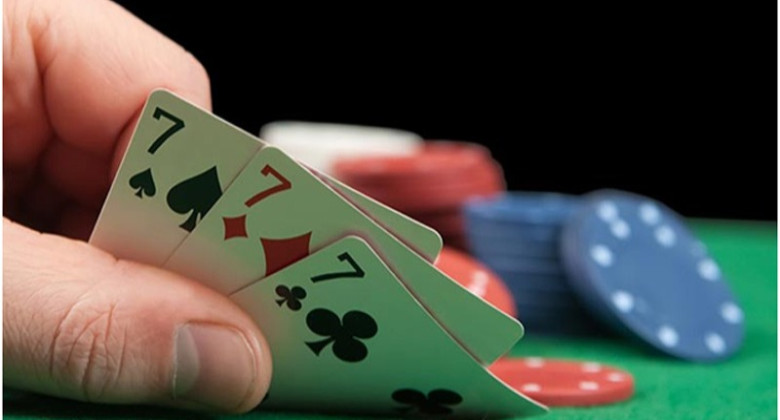 Teen Patti - What is Teen Patti Game & How to Play 3 Patti Online
Teen Patti - What is Teen Patti Game & How to Play 3 Patti Online
-
 How to Download the Junglee Rummy App on Your Mobile Phone
How to Download the Junglee Rummy App on Your Mobile Phone
-
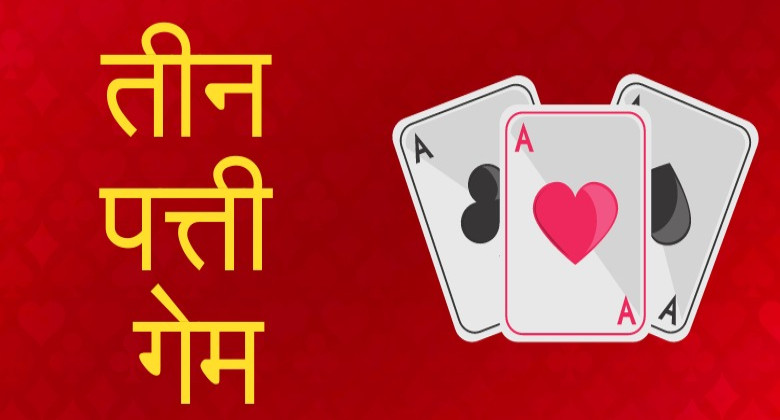 तीन पत्ती (Teen Patti/3Patti) - तीन पत्ती गेम क्या है और कैसे खेलें
तीन पत्ती (Teen Patti/3Patti) - तीन पत्ती गेम क्या है और कैसे खेलें
-
 13 Best Paisa Kamane Wale Games (पैसा कमाने वाले गेम्स) और रियल कैश जीतें
13 Best Paisa Kamane Wale Games (पैसा कमाने वाले गेम्स) और रियल कैश जीतें
-
 Online Game Cash Withdrawal and Instant UPI Withdrawal Games
Online Game Cash Withdrawal and Instant UPI Withdrawal Games

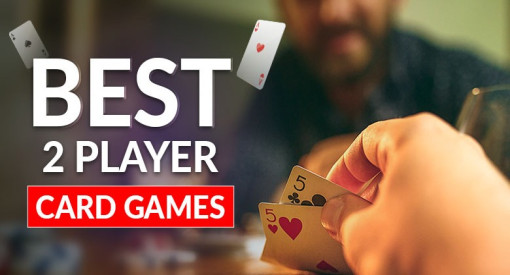
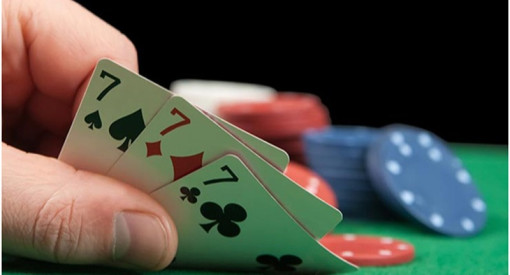



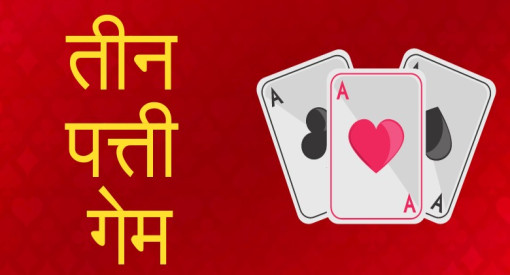


-17213832177155.png?v=1721383218)
